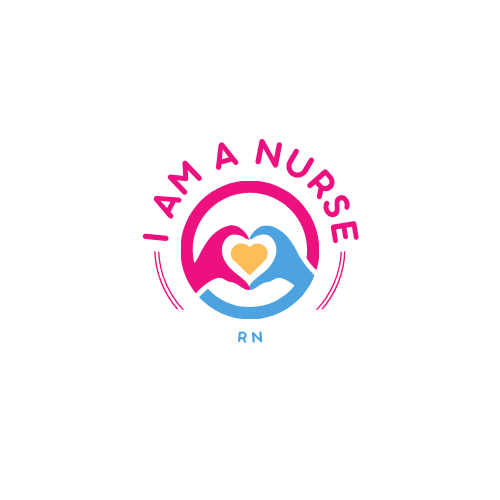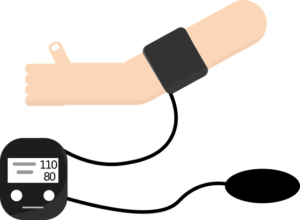
## Understanding arthritis in the lower back
Arthritis is a condition that affects millions of people worldwide, causing pain, stiffness, and inflammation in the joints. When it comes to the lower back, arthritis can be particularly debilitating, as it affects our ability to move and perform daily activities. Lower back arthritis, also known as lumbar arthritis, is a degenerative condition that primarily affects the joints and discs in the lower spine. Understanding the underlying causes and mechanisms of this condition is crucial in finding the best treatment options.
Lower back arthritis is often a result of wear and tear on the spinal joints and discs over time. As we age, the cartilage that cushions the joints becomes thinner, leading to bone-on-bone contact and the formation of bone spurs. This friction and inflammation cause pain, stiffness, and limited mobility. Other factors, such as genetics, obesity, and previous injuries, can also contribute to the development of lower back arthritis.
Common symptoms of lower back arthritis
Recognizing the symptoms of lower back arthritis is essential for early detection and effective treatment. The most common symptoms include persistent lower back pain that worsens with movement or activity, stiffness in the morning or after prolonged periods of rest, reduced flexibility, and difficulty bending or twisting. Some individuals may also experience radiating pain down the legs, weakness, and numbness. If you are experiencing any of these symptoms, it is important to consult with a healthcare professional for an accurate diagnosis.
Diagnosing lower back arthritis
To determine if you have lower back arthritis, your healthcare provider will perform a thorough physical examination and review your medical history. They may also order imaging tests, such as X-rays, MRIs, or CT scans, to assess the condition of your spine and identify any structural abnormalities. Additionally, blood tests may be conducted to rule out other possible causes of your symptoms. A comprehensive evaluation is crucial in developing an effective treatment plan tailored to your specific needs.
Best treatment options for arthritis in the lower back
While there is no cure for arthritis, there are several treatment options available to manage the symptoms and improve your quality of life. The best approach to treating lower back arthritis often involves a combination of medical interventions, lifestyle modifications, and alternative therapies. Let’s explore some of the most effective treatment options:
Medications for relieving lower back arthritis pain
Non-steroidal anti-inflammatory drugs (NSAIDs) are commonly prescribed to reduce pain and inflammation associated with lower back arthritis. These medications, such as ibuprofen and naproxen, can provide temporary relief, but long-term use should be monitored to minimize potential side effects. In some cases, your healthcare provider may recommend stronger pain medications or corticosteroid injections to manage severe pain and inflammation.
Physical therapy exercises for lower back arthritis
Physical therapy plays a crucial role in relieving pain and improving mobility in individuals with lower back arthritis. A qualified physical therapist can design a personalized exercise program that focuses on strengthening the muscles supporting the spine, improving flexibility, and enhancing overall posture. These exercises may include gentle stretches, low-impact aerobic activities, and core strengthening exercises. Regular physical therapy sessions can significantly reduce pain and improve your ability to perform daily tasks.
Lifestyle changes to manage lower back arthritis
Making certain lifestyle modifications can greatly alleviate the symptoms of lower back arthritis. Maintaining a healthy weight helps reduce the strain on your joints and slows down the progression of the condition. Engaging in regular low-impact exercises, such as swimming or cycling, can also help strengthen the muscles around the lower back and improve flexibility. Additionally, practicing good posture, using ergonomic furniture, and avoiding prolonged sitting or standing can contribute to better spinal health.
Alternative therapies for lower back arthritis
In addition to conventional medical treatments, many individuals find relief from lower back arthritis through alternative therapies. These therapies aim to improve overall well-being and promote natural healing. Some of the most popular alternative treatment options for lower back arthritis include acupuncture, chiropractic care, massage therapy, and herbal supplements. While the effectiveness of these therapies may vary from person to person, they can be valuable additions to your treatment plan when used in conjunction with other approaches.
Exercises for hip arthritis and lower back pain
Hip arthritis often accompanies lower back arthritis, as the two areas are interconnected. Engaging in specific exercises that target both the hip and lower back can help alleviate pain and improve mobility. Gentle stretching exercises, such as the seated forward bend or the knee-to-chest stretch, can help relieve stiffness and improve flexibility. Strengthening exercises, such as hip bridges and clamshells, can help stabilize the hip and lower back muscles. It is important to consult with a healthcare professional or a qualified physical therapist before starting any exercise program to ensure safety and effectiveness.
Precautions and exercises to avoid for lower back arthritis
While exercise is beneficial for managing lower back arthritis, it is important to be mindful of certain precautions and exercises to avoid. High-impact activities, such as running or jumping, can place excessive stress on the joints and exacerbate pain. Similarly, exercises that involve heavy lifting or twisting motions should be avoided, as they can strain the lower back and potentially lead to further damage. Always listen to your body and modify or avoid any exercises that cause discomfort or pain.
Walking as a beneficial exercise for lower back arthritis
One of the simplest and most accessible exercises for individuals with lower back arthritis is walking. Walking is a low-impact activity that helps improve cardiovascular health, strengthen muscles, and promote overall well-being. It is a weight-bearing exercise that can help maintain bone density and prevent osteoporosis, a common concern for those with arthritis. Start with short walks and gradually increase the duration and intensity as tolerated. Remember to wear supportive footwear and maintain good posture while walking.
Conclusion: Finding the best treatment for lower back arthritis
Lower back arthritis can significantly impact your daily life, but with the right treatment approach, you can find relief and regain your mobility. Understanding the underlying causes, recognizing the symptoms, and seeking early diagnosis are crucial steps in managing the condition effectively. By combining medical interventions, physical therapy exercises, lifestyle modifications, and alternative therapies, you can minimize pain, improve flexibility, and enhance your overall quality of life. Remember to consult with a healthcare professional to develop a personalized treatment plan that addresses your specific needs. Take control of your lower back arthritis and embrace a pain-free future.



